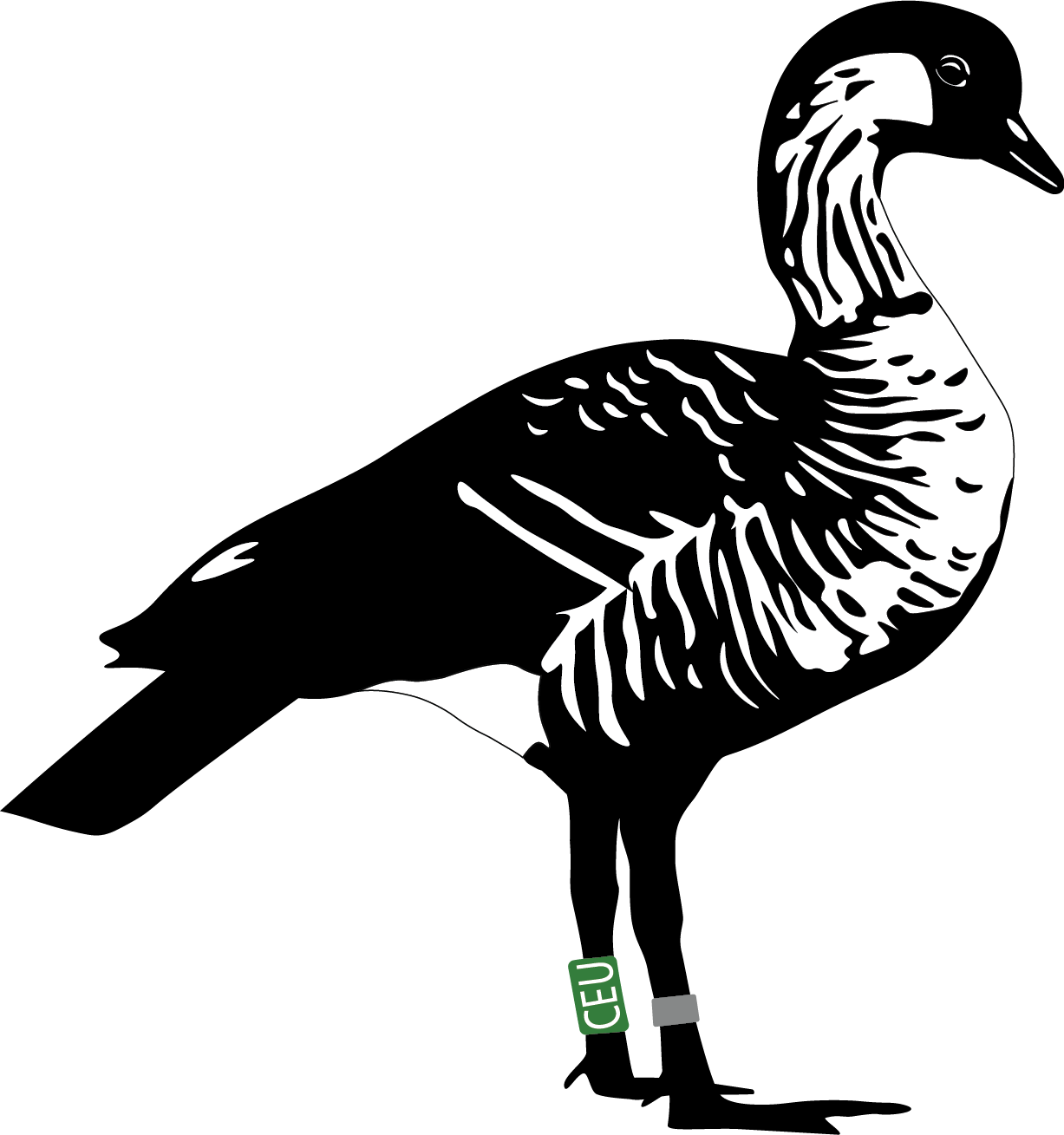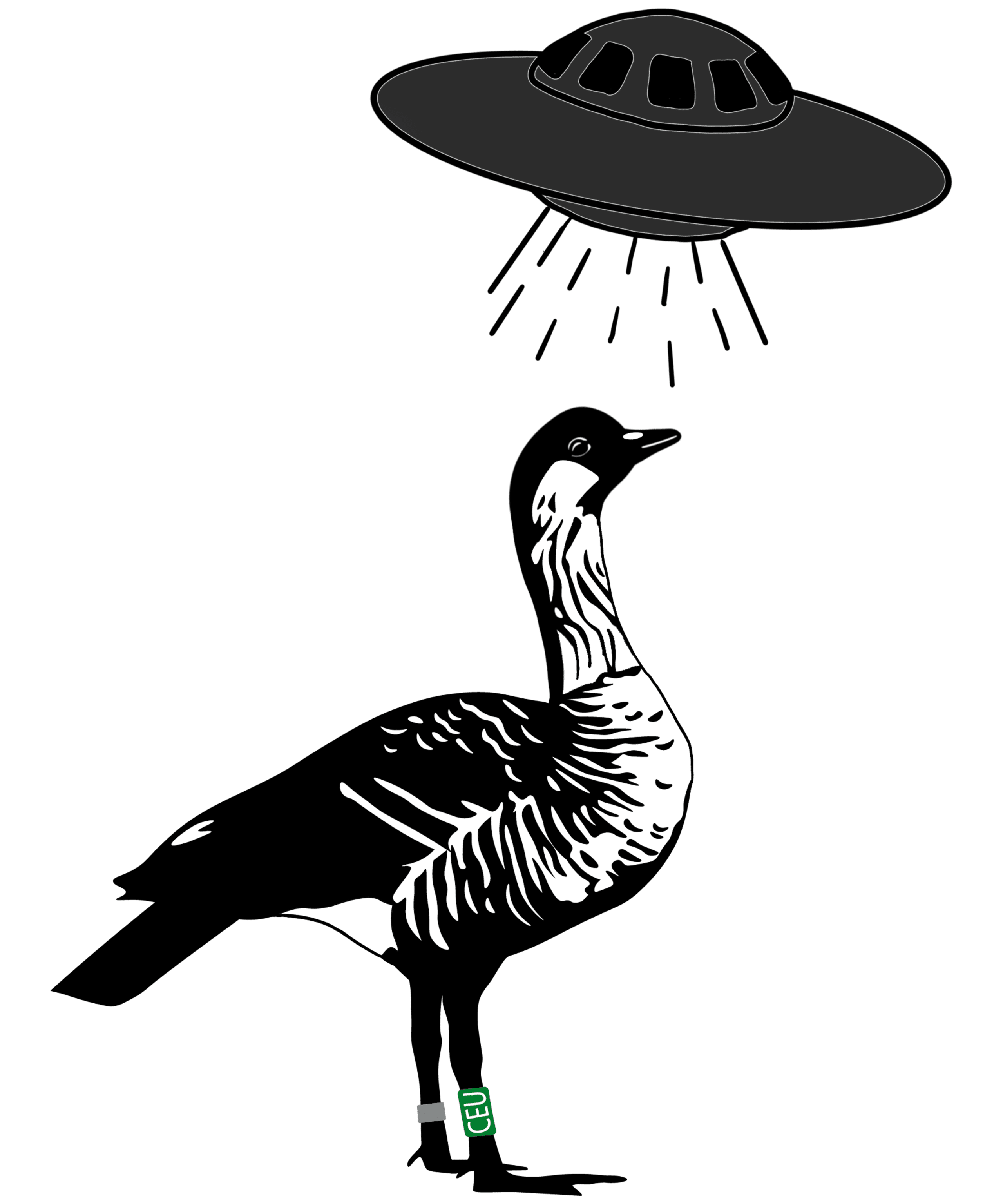Vehicles
Vehicle collisions are one of the leading causes of death for nēnē. We observe an increase in mortality during the molting and nesting seasons. Nēnē are flightless for 4-6 weeks and typically regain their flight feathers at the same time as their offspring. During this period, they are vulnerable and tend to be more risk-averse, leading them to seek out new areas and, in the process, cross roads. These accidents can be especially devastating for nēnē families, as a nēnē may lose its mate, resulting in total failure for the nene family. It is important for motorists to remain vigilant and slow down when driving near areas where nēnē are known to be. Feeding nēnē can also cause them to lose their natural fear of people, putting them in potentially dangerous situations or seek out dangerous areas.
What are we doing to help?
We are in the process of aggregating all of the injury and mortality information we can find to supplement the existing body of knowledge. Despite frequent news coverage of nēnē being struck by cars, the U.S. Fish and Wildlife Service database only lists a total of 8 instances of nēnē injuries or mortalities.
In 2023, we identified a road on Hawaiʻi Island where numerous nēnē were getting killed. We were able to use community sightings and collect vehicle speed data to inform policy makers to adjust the speed limit and install speed tables. Learn more about that project here.
News articles
- Kauai Now. (2023, January 25). With Endangered Nene Being Killed by Humans, State Urges Residents to Be Mindful
- Hawaiʻi Department of Land and Natural Resources. (2016, December 28). 50 Nene Killed By Vehicles On Kauai Highways In The Last Two Years
- Star Advertiser. (2021, November 18). 2 Nene geese on Maui killed by cars near Kahului Airport
- Kauai Now. (2021, December 15). Nene Goose Hit by Car on Big Island, Dies
- National Parks Traveler. (2012, June 6). Endangered Nene Killed By Vehicle At Hawaii Volcanoes National Park

